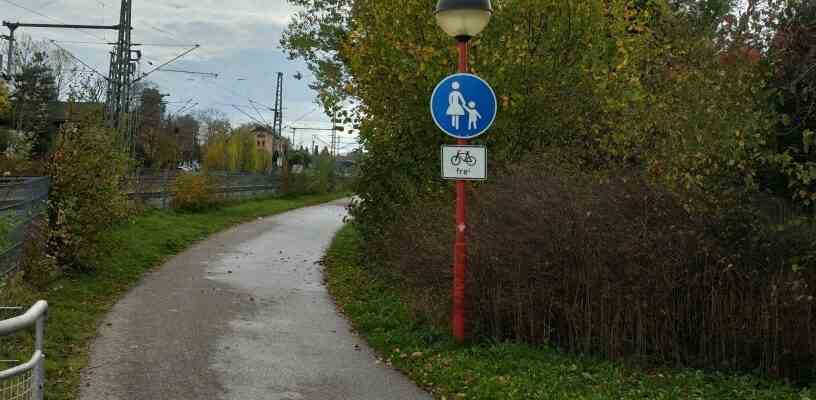Just turn off the light earlier. When you’re looking for ways to save energy, that sounds pretty straightforward. But it isn’t, at least not when it comes to how long street lamps stay lit. The Oberhachinger town hall administration has now determined this and suggested to the environment and transport committee on Tuesday evening after a review of all energy saving and safety aspects: We better leave it alone.
With the energy provider Bayernwerk, the municipality can choose between two switching time models. On offer are an annual burn time of 4050 hours or, as in Oberhaching, 4170 hours. These 120 hours more light a year are spread over about ten minutes each morning and evening. There are about 2000 lamps in the municipal area. They are currently switched off between 7.15am and 7.45am between November 22nd and February 10th. This is done by a total of 65 switching units, so the switching on and off processes are automatically changed every three days and adapted to the shortening or lengthening of daylight. A shorter burn time would mean that the lamps in the streets of Oberhaching go out between 7:05 and 7:35.
However, such a shorter duty cycle could not be achieved simply by someone flipping a switch. Rather, all 65 switching units would have to be approached and reprogrammed. You can do that, but it costs 10,000 euros. According to Bayerwerk, the savings are 2.88 percent of the electricity consumption, says the administration, i.e. around 5200 kilowatt hours per year. Financially, this saves 1400 euros a year. The conversion would therefore have paid for itself after seven years.
The administration is critical of a shorter lighting time in the morning anyway, because it is precisely at this time that the students are out and about. That would be detrimental to their safety. Oberhaching’s Mayor Stefan Schelle (CSU) refers to the Bavarian Interior Minister Joachim Herrmann, who expressly advises against switching off when it comes to road safety. Maybe you could do without one or the other lamp without someone running into it or being overlooked by others. However, the problem with the street lighting in Oberhaching from 1920 is that individual lanterns cannot be operated at all. Everything is related to everything. Crossings with junctions and street corners with squares. So you can either switch entire lighting strands on or off.
So if one were to decide to save electricity and thus go dark – for example between 1 a.m. and 5 a.m. – all crossing aids and crossings would also not be illuminated. Therefore, all lampposts would have to be marked with a white-red-white band, the so-called guide sign 394 of the road traffic regulations. The administration also points out that rescue workers cannot turn on the street lighting themselves in an emergency. And what that looks like from an insurance point of view is also unclear. After all, the municipality has a “lighting obligation”. The building administration therefore finds the idea “very questionable”.

